Manufacturer: Gigabyte
UK price (as reviewed): Approx. £100 (inc. VAT)
US price (as reviewed): TBC
Another month, another chipset, and this time it's the long-awaited B450, successor to B350. With it, there's a whole bunch of new questions, prices, and features. In short, though, B450 is unsurprisingly similar to B350, dropping ports and PCIe flexibility compared to the pricier X470 but maintaining overclocking support and bringing in new 400-series features.
Since today sees the official release of B450, you'll also see various new motherboards appear - not just this one. On that last note, it appears that some manufacturers have been waiting for B450 to release smaller form factor boards, too. Gigabyte, for example, has both long-awaited micro-ATX boards for 2nd Gen Ryzen CPUs in the B450 Aorus M and B450M DS3H (backwards compatible with 1st Gen too, of course), with micro-ATX being absent from everyone's X470 lineup when we wrote this, in addition to an upcoming mini-ITX board in the form of the B450 I Aorus Pro WiFi.
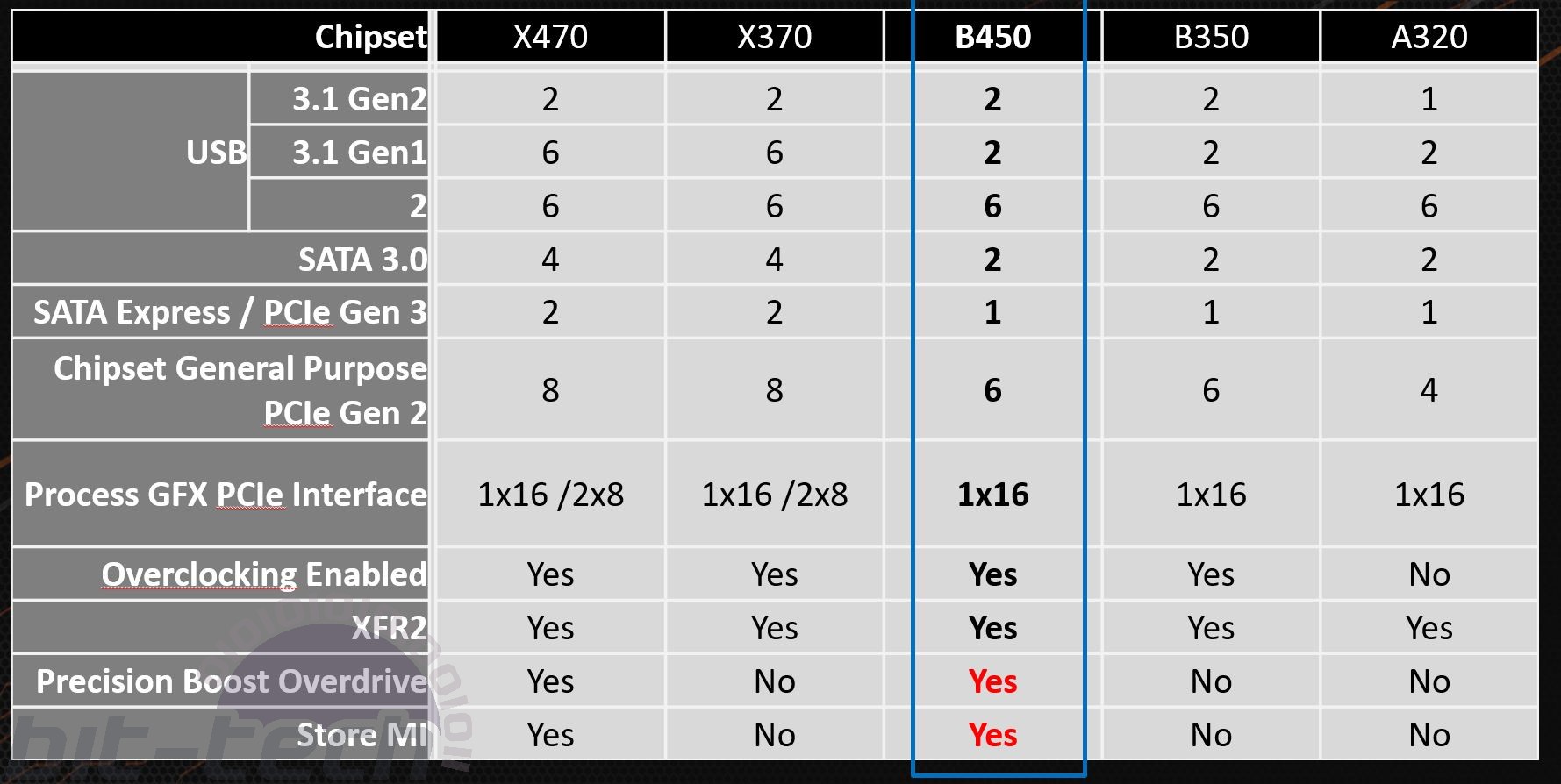
You can expect fewer ports on B450 boards and less capable CPU power circuitry in many cases, but as you can see above in red, there are two key features that probably make opting for B450 as opposed to B350 worthwhile - Precision Boost Overdrive and StoreMI. The former gives a frequency boost across the active core range depending on temperature and motherboard cooling capability, and the fewer cores that are active the higher the boost can go. In fact, the peak boost frequency achievable on one or two cores may actually be higher than what you can get with a traditional all-core overclock.
StoreMI is AMD's data management software that moves regularly-used files onto faster storage drives, combining them with slower ones to boost access speeds. Both technologies are useful and offer better performance, so unless you're saving a considerable amount of cash by opting for a B350 motherboard, B450 is probably the way to go assuming it meets your core hardware needs.

Gigabyte's B450 Aorus Pro retails for around £100 and for the most part has everything you need to build a typical modern PC. If you need a couple of hard disks, an SSD, and single graphics card, you'll lose little compared to an X470 board, and you even get ALC1220 audio and Intel-powered LAN. On this model, however, there's no onboard Wi-Fi, but there is a separate SKU that includes it for a bit more cash.
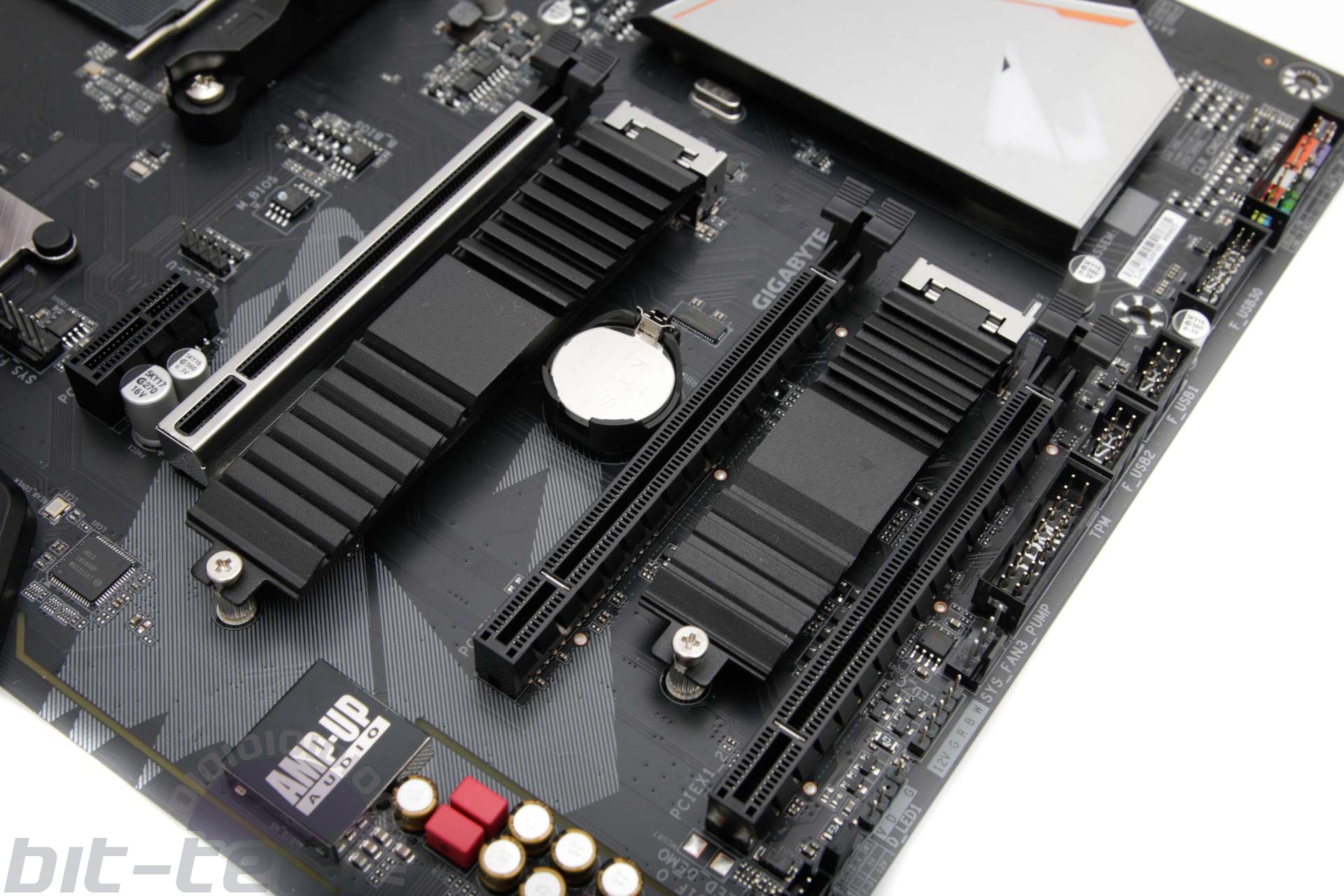
Both M.2 ports have heatsinks, although as per usual, only one port offers full PCIe 3.0 x4 speed as well as SATA M.2 support. The lower port is fairly pointless what with it being limited to PCIe 3.0 x2 bandwidth, which saw our Samsung 960 Evo's read speed fall from 3,400MB/s to just 1,800MB/s, plus it lacks SATA M.2 SSD support as well. At this end of the budget, though, it's not a huge deal seeing as the vast majority of potential owners will like being using a single M.2 or 2.5" SSD plus a high-volume hard disk. However, you'd do well to remember to use the top slot, whichever M.2 SSD you end up using.
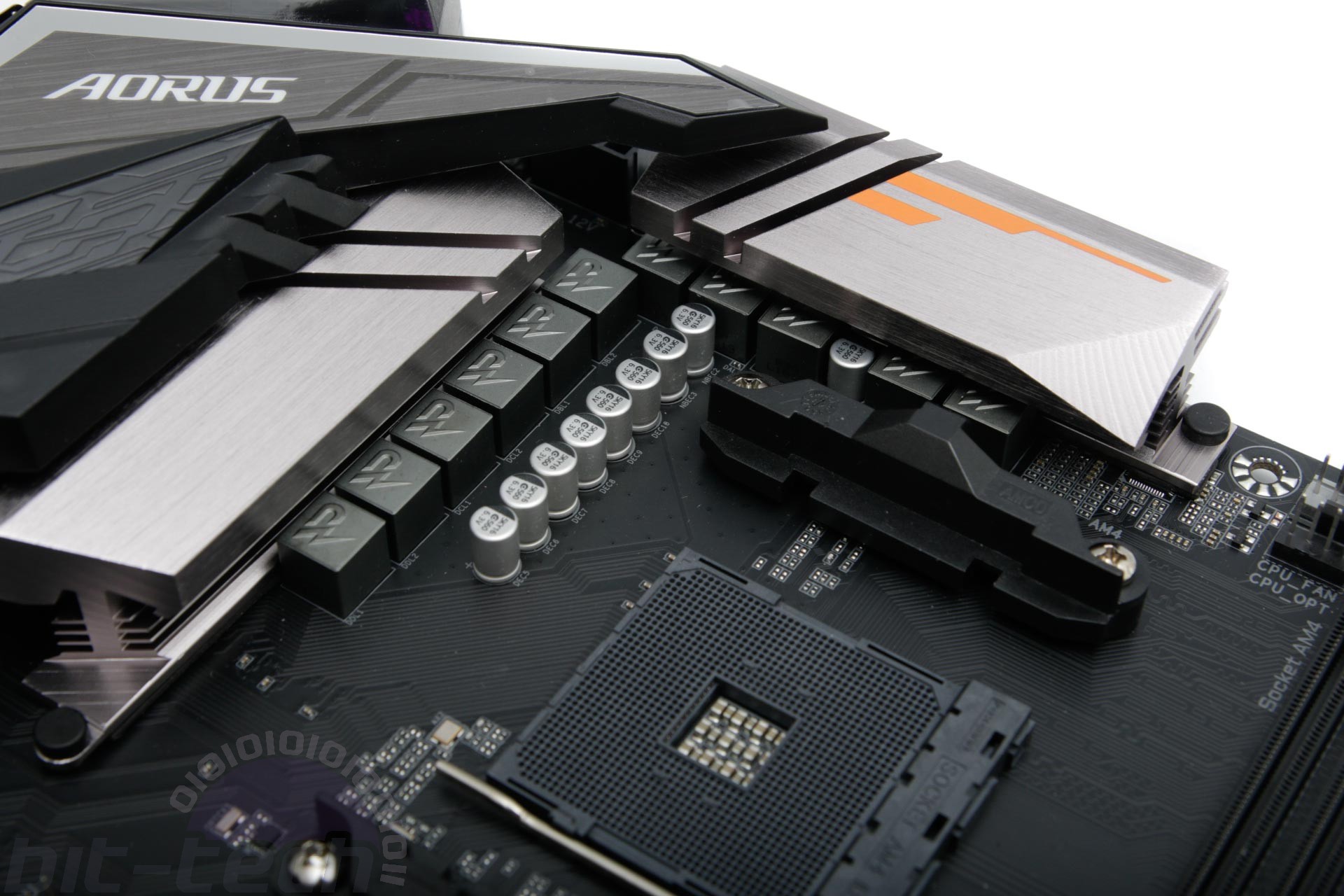
There's quite a step down in fan headers from Gigabyte's X470 boards, too, with just five on offer here - again, though, that's likely to be enough for a typical B450-based PC. However, something we're over the moon about is that this £100 also includes an integrated I/O shield. Just a couple of generations ago, these were the domain of super high-end boards, but thanks to constant praise and badgering from the likes of ourselves, it seems the fiddly I/O shield might finally be on the way out, at least on boards costing £100 or more. The rear I/O panel itself offers the full complement of audio outputs plus Type-A and Type-C USB 3.1 ports, although with just five Type-A ports in total, the more prolific USB users may come up short. It's also a tad disappointing not to see a DisplayPort output for those wanting to use AMD's Ryzen CPUs with Radeon Vega graphics.
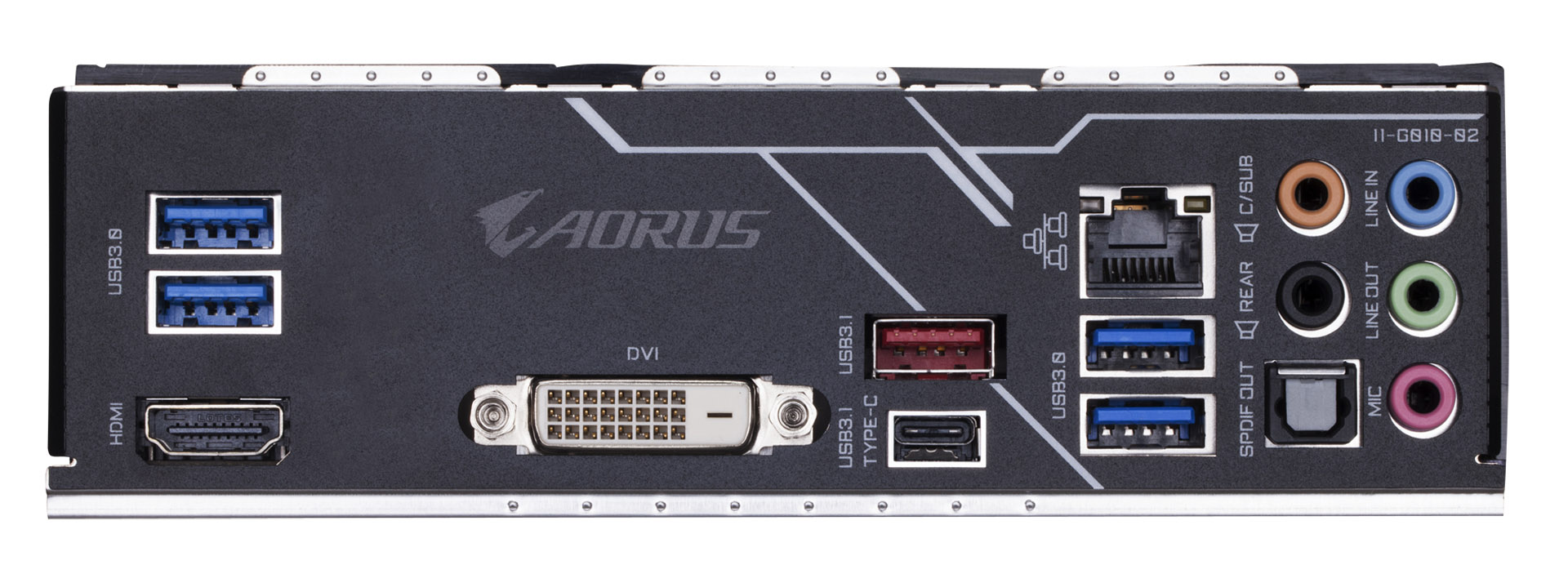
Specifications
- Chipset AMD B450
- Form factor ATX
- CPU support AMD Socket AM4
- Memory support Dual-channel, four slots, max 64GB
- Sound Eight-channel Realtek ALC 1220
- Networking 1 x Intel Gigabit Ethernet
- Ports 1 x M.2 PCIe 3.0 x4 32Gbps (PCIe/SATA 6Gbps up to 22110) 1 x PCIe 3.0 x2 (up to 2280), 4 x SATA 6Gbps, 1 x USB 3.1 Type-A, 1 x USB 3.1 Type-C, 6 x USB 3.0 (2 via headers), 4 x USB 2.0 (4 via headers), 1 x LAN, audio out, line in, mic, Optical S/PDIF out
- Dimensions (mm) 305 x 244
- Extras None

MSI MPG Velox 100R Chassis Review
October 14 2021 | 15:04

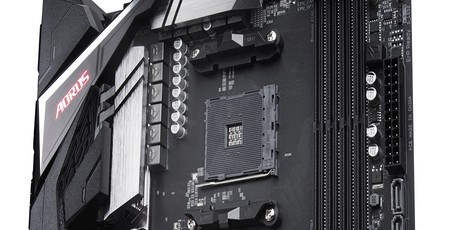
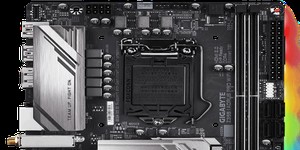
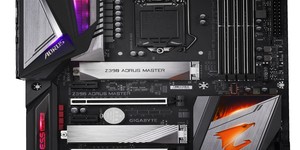
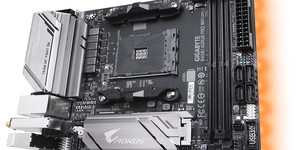




Want to comment? Please log in.